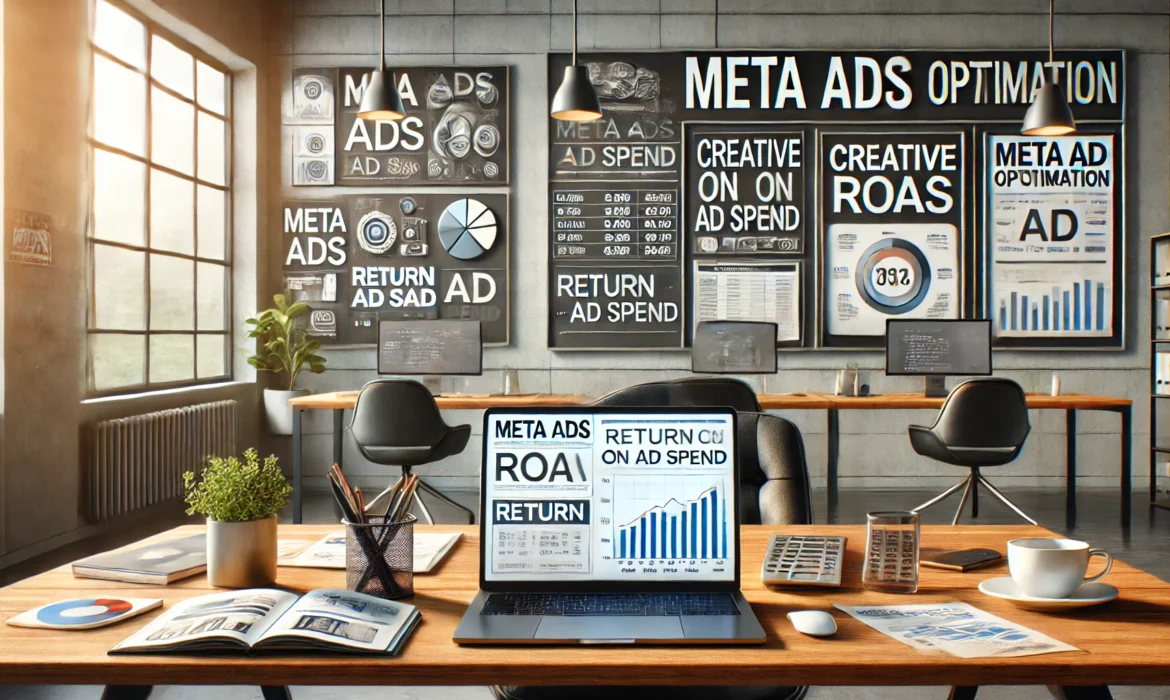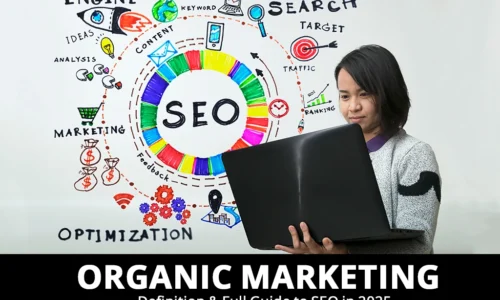
A sudden 50% decline in your Meta Ads Return on Ad Spend can be alarming. However, rather than panicking, diagnosing and addressing the issue systematically is crucial. Let’s see how to analyze key factors affecting your ROAS and implement actionable strategies to turn things around.
1. Identify External Factors Influencing Your ROAS
Before delving into campaign-specific metrics, consider whether external factors impact your ad performance.
- Seasonal Trends: Consumer behavior fluctuates due to holidays, major shopping events, and seasonal demand shifts. If your ROAS drop coincides with such periods, ad spending and campaign timing adjustments may be necessary.
- Increased Competition: If more advertisers bid on the same audience, CPM (Cost Per Thousand Impressions) will rise, increasing ad costs and reducing efficiency.
- Economic Factors: Inflation, recessions, or changes in consumer spending habits can significantly impact conversion rates.
- Meta Algorithm Updates: Meta frequently updates its ad platform, which affects targeting, audience reach, and performance. Staying informed about changes helps you adapt effectively.
2. Analyze Key Performance Metrics
To pinpoint the root cause of your declining ROAS, analyze these crucial metrics:
- Click-Through Rate: If CTR has dropped, your ad creatives or targeting may no longer be effective.
- Cost Per Thousand Impressions: An increase in CPM suggests higher competition or suboptimal bidding strategies.
- Conversion Rate: If your CVR has declined, your landing page, offer, or audience targeting may need to be adjusted.
3. Refresh Your Ad Creatives to Prevent Fatigue
Ad fatigue occurs when your audience has seen the exact creative multiple times, leading to decreased engagement. To maintain high CTRs and engagement:
- Rotate Ad Creatives Regularly: Introduce new images, videos, and ad copy to keep content fresh.
- Use Attention-Grabbing Hooks: The first few seconds of a video or the opening line of an ad are crucial for capturing interest.
- Test Different Ad Formats: Experiment with carousels, slideshows, and stories to determine what resonates best with your audience.
- Leverage User-Generated Content: Authentic content often outperforms polished branded creatives regarding engagement and trust.
4. Optimize Audience Targeting for Better Precision
Targeting the right audience is essential for maximizing ad efficiency. If ROAS is declining, reassess your audience strategy:
- Expand or Narrow Your Audience: If your targeting is too broad, your ads may not reach the most relevant users. Conversely, overly narrow targeting may limit potential conversions.
- Leverage Lookalike Audiences: Meta’s Lookalike Audience feature helps you reach new users who share characteristics with your best customers.
- Refine Retargeting Strategies: Ensure that retargeting campaigns exclude users who have already converted while engaging those who need an extra nudge.
- Exclude Low-Intent Audiences: Avoid wasting ad spend on users unlikely to convert by refining exclusion lists and focusing on high-intent segments.
5. Adjust Bidding Strategies and Budget Allocation
Your bidding strategy directly impacts your ad costs and ROAS. If costs have increased while conversions have dropped, consider:
- Testing Different Bidding Strategies: Experiment with manual bidding, cost caps, and bid strategies like lowest-cost or value optimization.
- Shifting Budget to High-Performing Ad Sets: Allocate more of the budget to the best-performing ads and reduce spending on underperforming ones.
- Monitoring Ad Frequency: High frequency (above 2 per week for prospecting and 4 per week for retargeting) can lead to ad fatigue and inefficiency.
- Using Automated Budget Optimization: Meta’s Campaign Budget Optimization dynamically allocates spending to top-performing ad sets.
6. Improve Your Landing Page Experience
A great ad alone won’t drive conversions if your landing page experience is subpar. A seamless landing page experience ensures a smooth transition from ad click to purchase.
- Match Ad Messaging with Landing Page Content: To maintain user trust and ensure consistency between ad copy and landing page messaging.
- Optimize for Mobile Users: Much of Meta’s traffic comes from mobile users. If your page isn’t mobile-friendly, you’ll lose potential conversions.
- Enhance Load Speed: Slow pages lead to higher bounce rates. Use tools like Google PageSpeed Insights to analyze and improve load times.
- Simplify Navigation and Checkout Process: To reduce friction in the buying process, minimize the steps required to complete a purchase.
7. Monitor Performance and Implement Continuous Optimization
Regularly reviewing performance metrics and making data-driven optimizations will help you maintain and improve your ROAS.
- Set Up Automated Reports: Use Meta Ads Manager or third-party tools to monitor real-time campaign performance.
- A/B Test Ads and Landing Pages: Continuously test variations in creatives, ad copy, and landing pages to identify what drives the best results.
- Stay Updated with Meta’s Algorithm Changes: Keep track of updates and industry trends to adjust strategies accordingly.
- Monitor Competitors: Analyzing competitors’ ad strategies can provide insights into what’s working in your industry.
Conclusion
A steep decline in Meta Ads ROAS isn’t necessarily a cause for panic—it’s an opportunity to refine your advertising strategy. By analyzing external factors, monitoring key performance metrics, refreshing creatives, refining targeting, optimizing bidding, improving landing page experiences, and maintaining continuous optimization, you can restore and even enhance your ROAS over time.
The key to long-term success with Meta Ads is adaptability. Continuously testing and iterating on your campaigns will help you stay ahead of the competition and achieve sustainable ad performance.





